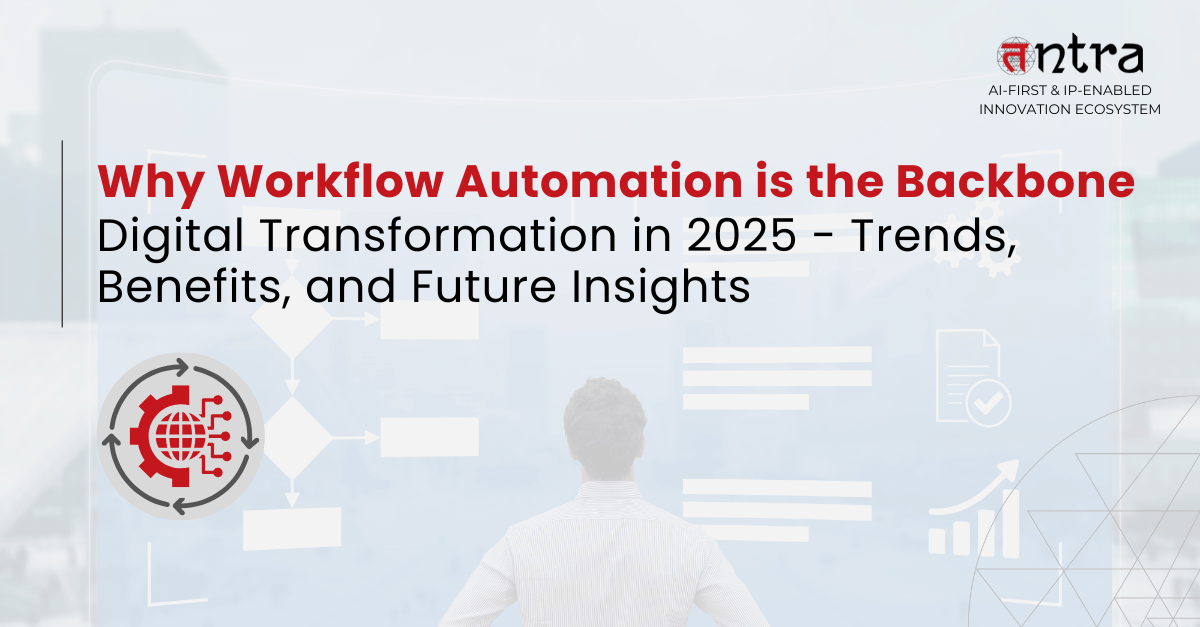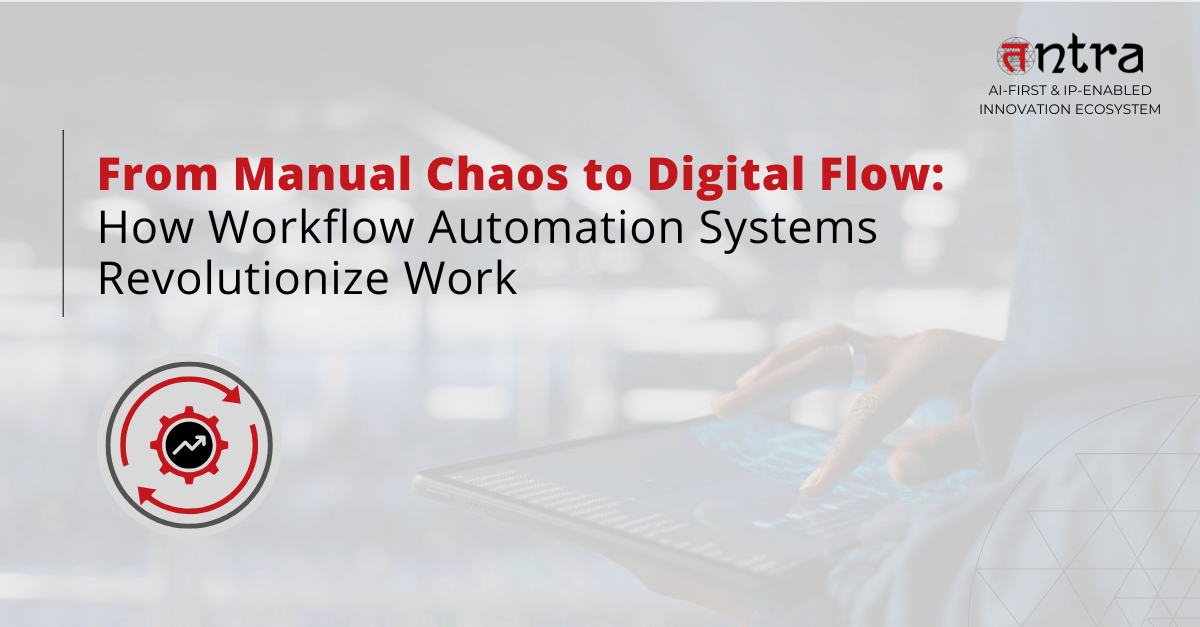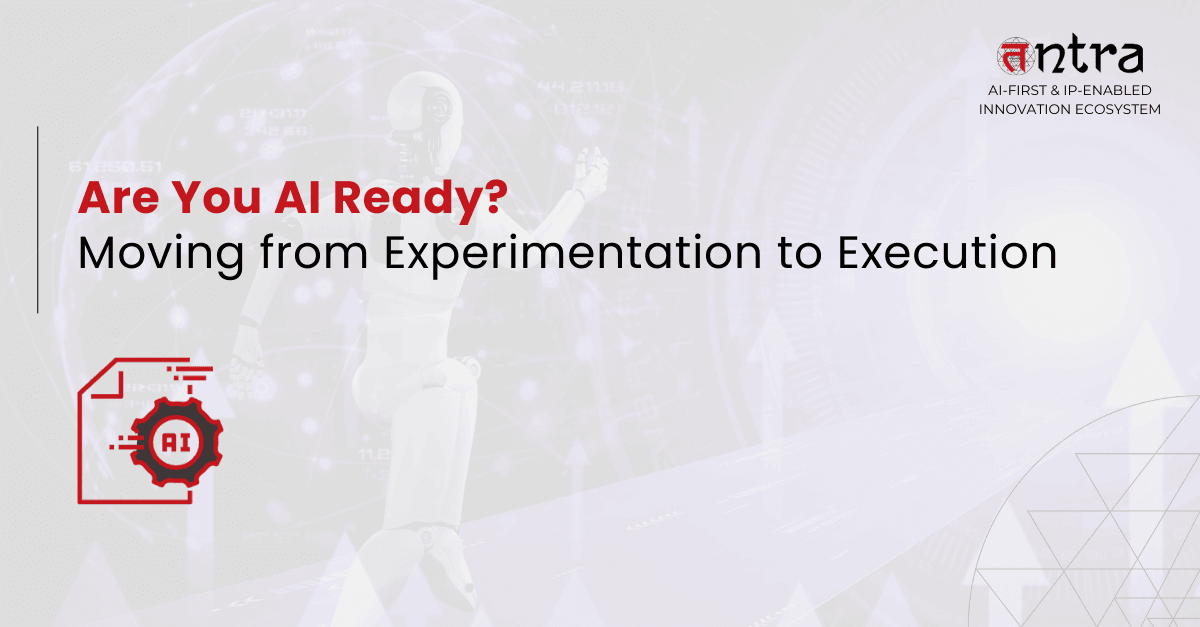
Why Workflow Automation is the Backbone of Digital Transformation in 2025 – Trends, Benefits, and Future Insights
Table of Contents
ToggleThis article explores why workflow automation is at the heart of digital transformation in 2025. It dives into key benefits like faster processes, improved efficiency, and smarter decision-making. You’ll also learn about the latest trends, AI, low-code platforms, mobile-first tools, and how they’re shaping the future of workflow automation solutions. Whether you’re a decision-maker, team leader, or entrepreneur, this guide helps you understand how the best workflow management solutions, workflow automation software, and services are transforming modern work across industries. Continue reading to learn more.

If you’ve ever had to ping someone twice for an approval, dig through your inbox to find that one attachment, or wonder where a client request disappeared to, then you already know the problem.
Things feel slower than they should. Small tasks pile up. And your team? They’re doing way more “work about work” than actual work.
In 2025, that’s no longer acceptable.
Because digital transformation in 2025 is about one core idea:
Get rid of the mess. Automate what’s repetitive. And help your people focus on what truly matters.
And that’s exactly what workflow automation delivers.
Okay, but what exactly is Workflow Automation?
At its simplest, workflow automation in business is this:
You take a manual, repetitive process, like approvals, onboarding, or ticketing, and let AI-powered workflow automation software run it in the background. Automatically. Seamlessly.
It’s like giving every process in your company its own personal assistant that:
- Knows who to notify
- Knows when to escalate
- Knows what to do next
- And never forgets, gets tired, or needs a reminder
This is the foundation of digital workplace automation and end-to-end process automation — turning routine tasks into a seamless flow.
Why it Matters So Much Right Now
We’re not just in a “tech era” anymore, we’re in an expectation era.
People expect:
- Approvals in minutes, not days
- Clear next steps, no matter who’s out sick
- Smooth onboarding, seamless support, fast updates
If your team is still doing things manually, you’re falling behind, even if you’re working hard. That’s why workflow automation is key to digital transformation — it’s the real game-changer.
What Makes Workflow Automation so Powerful in 2025?
Here’s what I want you to imagine:
You’re in a business where the work flows like water — smooth, fast, and clear.
No bottlenecks. No delays. No “Hey, just checking on this…”
Let’s break it down:
- It eliminates friction
Think missing data, duplicate emails, approvals waiting. Gone.
Thanks to process automation tools, everything flows automatically. - It gives your team time back
Imagine your top performers with 10 extra hours a week thanks to enterprise workflow automation. - It builds consistency
No forgotten forms, no missed deadlines, no confusion.
This is the heart of best workflow automation practices for business growth. - It unlocks visibility
With the right workflow management solution, you can answer:
“Where are things stuck?”
“What’s slowing us down?”
“Who needs help right now?”
All from a single dashboard. - It sets you up for scale
Growth doesn’t have to mean chaos. Digital transformation and automation strategies future-proof your operations.
Let’s talk results:
Companies using workflow automation solutions see up to 30% reduction in operational costs.
Teams increase output by 20–40% without working longer hours.
And over 80% of decision-makers say AI-powered workflow automation improved their customer satisfaction scores.
These aren’t vanity metrics. This is workflow automation benefits for enterprises in 2025 — real business transformation.
What Does this Look Like in Real Life?
Workflow automation in finance, healthcare, and supply chain is already proving its worth.
- New Hire Onboarding
Before automation:
5 tools, 3 people, a messy checklist, and a delay before access is set up.
After automation: end-to-end digital flow with enterprise workflow automation.
One click triggers everything:
- Equipment request
- Welcome email
- IT setup
- Manager checklist
- Payroll onboarding
On day one, the new hire is ready to go.
- Order Fulfillment
Before:
Orders manually reviewed, passed to warehouse, status updated manually.
After: End-to-end process automation triggers inventory adjustments, delivery scheduling, and SMS updates.
As soon as a payment is confirmed:
- Inventory adjusts
- Delivery is scheduled
- Customer receives SMS updates
- Dashboard reflects it all in real-time
Zero back-and-forth. Just flow.
- Expense Approvals
Before:
Jane submits a form. You can’t find it. You email. She emails. Then it’s approved… late.
After: AI-powered workflow automation routes and escalates approvals automatically.
Jane submits via Slack. It’s auto-routed to her manager. If there is no response in 48 hours, it escalates. Done.
That’s intelligent workflow automation. It thinks ahead for you.
Why it’s the Core of Digital Transformation in 2025
You might think automation is just a nice add-on. It’s not. It’s the foundation of real digital transformation.
Here’s why:
- Without automation, digital transformation is just a rebrand.
- With digital workplace automation, it’s a reinvention.
It’s what makes change sustainable. Processes scalable. And teams are actually excited about new tools.
Because nothing burns people out faster than adding tech… and keeping all the manual steps.
This is how workflow automation drives business efficiency in 2025.
So How do you Choose the Right Workflow Automation Solution?
Glad you asked. Here’s what to look for in the best workflow automation system for your business:
| Feature | Why it matters |
| Low-code or no-code builder | So non-tech teams can build and manage workflows |
| Integration-friendly | Connects with your CRM, HR tools, Slack, email, etc. |
| Real-time dashboards | Gives you visibility into performance and bottlenecks |
| Mobile-ready | Lets people approve, track, and manage on the go |
| AI-powered workflow automation | So your workflows get smarter as they run |
| Security and audit trails | You’ll never lose track of who did what and when |
Popular Tools Businesses are using in 2025
Here’s what’s dominating the workflow management software space right now:
- Kissflow – Great for enterprise process automation
- Zapier / Make – Easy to get started, tons of integrations
- Pipefy – Strong on customization without needing developers
- Power Automate (Microsoft) – Seamless for 365 users
- Asana / Monday.com – Workflow + project management combined
And don’t worry if you don’t have an in-house team. Many companies now offer workflow automation services to set everything up for you, fast.
The Future of Workflow Automation is Human-First
Here’s something we don’t say enough:
Future insights into workflow automation and AI show it’s about freeing people, not replacing them.
It’s about:
- Less time chasing updates
- More time innovating
- Fewer mistakes
- Better decisions
The future of workflow automation isn’t just faster. It’s smarter. And, believe it or not, it’s more human.
Because when your tools take care of the grunt work, your people get to do their best work.
This is the role of automation in modern business processes — enabling people to do their best work.
Less time chasing updates. More time innovating. Fewer mistakes. Better decisions.
Common Concerns (and why they’re outdated)
“We’re not ready for automation.”
Truth: You don’t need to automate everything. Start with one bottleneck.
“It’ll be too expensive.”
Truth: Most automation platforms save more in the first year than they cost.
“Our team won’t adapt.”
Truth: They will, once they see workflow automation benefits for enterprises in 2025.
What’s Next for you?
Here’s a simple starting point:
- Write down the top 3 processes that slow your team down.
- Ask: “What happens here that doesn’t need a human?”
- Pick a workflow automation platform, even just to test.
- Build one flow. Measure the time saved. Then scale.
Before long, you’ll see why workflow automation is key to digital transformation — and wonder how you did business without it.
Wrapping Up – The Future of Workflow Automation and Digital Transformation
You’re not here to manage tasks.
You’re here to grow, lead, and transform.
Let workflow automation handle the repetitiveness so you can focus on what actually moves the needle, your customers, your strategy, your growth.
2025 belongs to businesses that flow.
And that starts with yours.
Get started on your end-to-end process automation journey today. Contact our experts at Tntra for workflow automation in business.
What is workflow automation in digital transformation?
Workflow automation is the use of software to streamline and run business processes automatically, reducing manual tasks, improving accuracy, and enabling faster operations. It plays a key role in enabling seamless, scalable digital transformation.
Why is workflow automation important for businesses in 2025?
In 2025, businesses face high expectations for speed, efficiency, and customer experience. Workflow automation ensures that teams work smarter, not harder, reducing delays, increasing visibility, and supporting business agility.
How does workflow automation improve efficiency in organizations?
By automating repetitive tasks, approvals, and data flows, workflow automation eliminates bottlenecks, reduces human error, and gives employees more time to focus on strategic, high-value work.
What are the latest trends in workflow automation for 2025?
Key trends include AI-driven workflows, low-code/no-code platforms, mobile-first automation, real-time analytics, and hyper-personalization. These trends make workflow automation smarter, faster, and more adaptable than ever.
How will AI and machine learning impact workflow automation in the future?
AI and machine learning will make workflow automation more predictive and adaptive, automating decisions, detecting issues early, and optimizing processes without manual intervention. It’s automation that thinks ahead.




